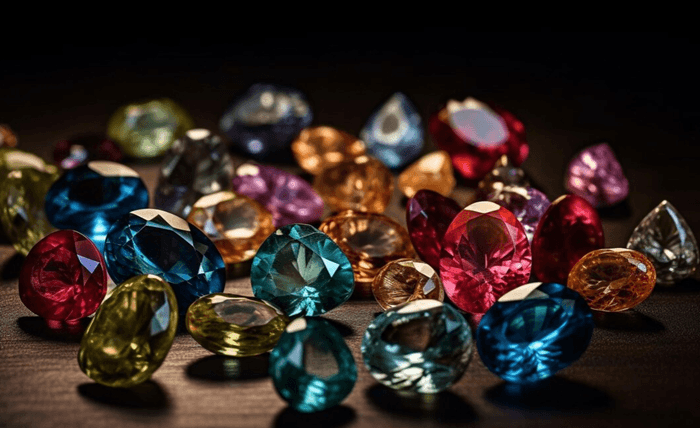Lab diamonds in 1 phrase, celestial genesis. They are born not in the deepest part of the Earth’s crust but in the heart of the most cutting-edge laboratory filled with the latest and greatest technology. They are in a word, perfect. Beautiful, and are, in fact, real diamonds. For years, the proliferation of lab diamonds brought with it a cloud of mystery and intrigue.
Today, that mystery will be solved. This article was specifically written to inform consumers on just how lab diamonds are created from the most common methods to vs2 vs vs1. other lab diamond creation methods, and more. For more information, please refer to https://www.rarecarat.com/blog/diamond-ring-tips/finding-the-right-ring-size or https://www.rarecarat.com/blog/diamond-ring-tips/the-essential-4-c-s-of-diamonds-rarecarat-com.
The Creation of Lab Diamonds
Method 1 – High Pressure, High Temperate
- Inside a capsule-like chamber is placed a very small natural diamond seed. This seed gets exposed to extreme pressures of over a million pounds per square inch and high temperatures of over 1,500 Celsius (2,732 Fahrenheit).
- Inside of this growth chamber is also a carbon source, usually graphite. Whenever the high pressures and temperatures melt the graphite and carbon atoms, they bond together, growing layer by layer.
- As the growth chamber slowly cools off, the newly formed diamond solidifies. For the crystal lattice to form correctly, it is crucial that the cooling process is slow, and then finally, it turns into a rough diamond and now has to be processed the same way as any natural diamond.
Want more information about HPHT? Please refer to Rare Carat website.
Method 2 – Chemical Vapor Deposition
- Inside a chamber, a mixture of gas is deposited to layer carbon atoms, methane, and more onto a substrate, this facilitates diamond growth.
- Using high-powered radiation from a kind of microwave or another powerful energy source. This energy breaks down the carbon-methane-hydrone molecules, thus releasing carbon atoms onto the substrate.
- These individual carbon atoms land on the substrate or the diamond seed and slowly crystallize which gradually forming a diamond that requires much less cutting and polishing compared to its HPHT counterpart due to the growth process being more controlled and precisely manipulated.
Need more information about CVD? Please refer to Rare Carat.com.
VS2 vs VS1
VS, which stands for Very Slightly, is a diamond clarity grade that tells the buyer just how visible or how many internal and external flaws (inclusions and blemishes) their diamonds have. These are often very minor and are extremely difficult to see even after 10x magnification. An example of a possible “flaw” is very small feathers, clouds, crystals, or needles.
Very, very hard to distinguish. It is virtually impossible to see the “imperfections” when a VS2 or VS1 diamond is in the hands of a consumer but regardless of the diamond whether VS2 vs VS1, both are eye-clean and spectacular. Compared to other diamond grades, they are high-quality.
Pro Tip: If a consumer wants a bigger diamond, opt for a VS1 clarity grade as bigger diamonds are more prone to showing flaws than smaller ones.
Want more information about VS2 vs VS1? Please refer to RARECARAT.
Other Lab Creation Methods
- 1) Ultrahigh Pressure, Ultrahigh Temperature: Very similar to HPHT except for pressures and temperatures and much more extreme which leads to unique diamond creations and diamond characteristics.
- 2) Microwave Plasma CVD: MPCVD uses a different method of diamond synthesis. It uses a variation of CVD that uses microwave radiation specifically to activate the mixture of gases.
- 3) Hydrothermal Growth: Put simply, imagine a water solution of carbonates, elevated to extreme pressures and temperatures thus creating unique diamond characteristics.
- 4) Detonation Synthetic: Not necessarily explosives as in dynamite, more like molecular explosions that use powerful shockwaves to compress carbon atoms into diamond structures.
Need more information about lab creation methods? Please refer to RARECARAT.


